Plants
Plants are living organisms that belong to the kingdom Plantae. They are capable of photosynthesis, a process that converts light energy into chemical energy to fuel their growth and development. Plants play a crucial role in the ecosystem by producing oxygen, providing food, and serving as habitats for various organisms.
Parts of a Plant
A typical plant consists of several key parts:
- Roots: These are responsible for anchoring the plant in the soil and absorbing water and nutrients.
- Stem: The stem provides support for the plant and serves as a conduit for the transportation of water and nutrients.
- Leaves: Leaves are the primary sites for photosynthesis, containing chlorophyll to capture sunlight and convert it into energy.
- Flowers: These reproductive structures facilitate the process of pollination and seed formation.
- Fruits: Fruits are the mature ovaries of a plant and often contain seeds for propagation.
Types of Plants
Plants can be classified into various groups based on different criteria:
- By Lifecycle: Plants can be annuals, biennials, or perennials, depending on the duration of their lifecycle.
- By Reproduction: They can reproduce through seeds, spores, or vegetative propagation.
- By Habitat: Plants can be categorized as aquatic, terrestrial, or epiphytic based on their habitat preferences.
- By Structure: They can be classified as herbs, shrubs, trees, or climbers based on their physical structure.
Importance of Plants
Plants have immense ecological, economic, and cultural significance:
- Ecological Importance: They are the primary producers in the food chain and play a vital role in maintaining the balance of gases in the atmosphere.
- Economic Importance: Plants provide food, raw materials for various industries, and contribute to the pharmaceutical and medicinal sectors.
- Cultural Importance: Many cultures and traditions are closely linked to specific plants, which hold symbolic and ritualistic value.
Study Guide
To enhance your understanding of plants, consider focusing on the following topics for your study:
- Identify and label the parts of a plant using a diagram.
- Research the lifecycle of different plants and create a comparative study of annuals, biennials, and perennials.
- Investigate the process of photosynthesis and its importance for plant survival.
- Explore the diverse uses of plants in everyday life, including food, medicine, and industry.
- Examine the role of plants in various ecosystems and their contribution to environmental sustainability.
[Plant] Related Worksheets and Study Guides:
.◂Science Worksheets and Study Guides Fifth Grade. Roots, Stems and Leaves
Study Guide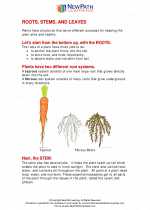 Roots, Stems and Leaves
Roots, Stems and Leaves  Activity Lesson
Activity Lesson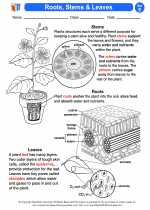 Roots Leaves
Roots Leaves  Worksheet/Answer key
Worksheet/Answer key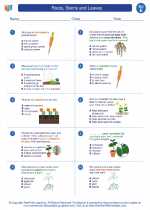 Roots, Stems and Leaves
Roots, Stems and Leaves  Worksheet/Answer key
Worksheet/Answer key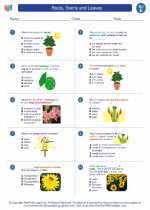 Roots, Stems and Leaves
Roots, Stems and Leaves  Worksheet/Answer key
Worksheet/Answer key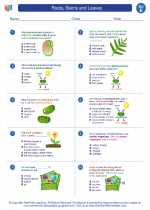 Roots, Stems and Leaves
Roots, Stems and Leaves  Worksheet/Answer key
Worksheet/Answer key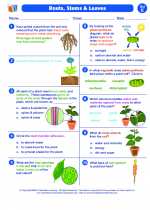 Roots, Stems and Leaves
Roots, Stems and Leaves  Vocabulary/Answer key
Vocabulary/Answer key Roots, Stems and Leaves
Roots, Stems and Leaves  Vocabulary/Answer key
Vocabulary/Answer key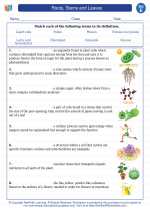 Roots, Stems and Leaves
Roots, Stems and Leaves  Vocabulary/Answer key
Vocabulary/Answer key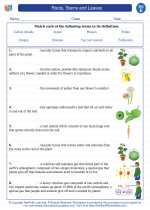 Roots, Stems and Leaves
Roots, Stems and Leaves 

 Activity Lesson
Activity Lesson
 Worksheet/Answer key
Worksheet/Answer key
 Worksheet/Answer key
Worksheet/Answer key
 Worksheet/Answer key
Worksheet/Answer key
 Worksheet/Answer key
Worksheet/Answer key
 Vocabulary/Answer key
Vocabulary/Answer key
 Vocabulary/Answer key
Vocabulary/Answer key
 Vocabulary/Answer key
Vocabulary/Answer key

The resources above cover the following skills:
LIFE SCIENCE (NGSS)
From Molecules to Organisms: Structures and Processes
Students who demonstrate understanding can:
Support an argument that plants get the materials they need for growth chiefly from air and water.